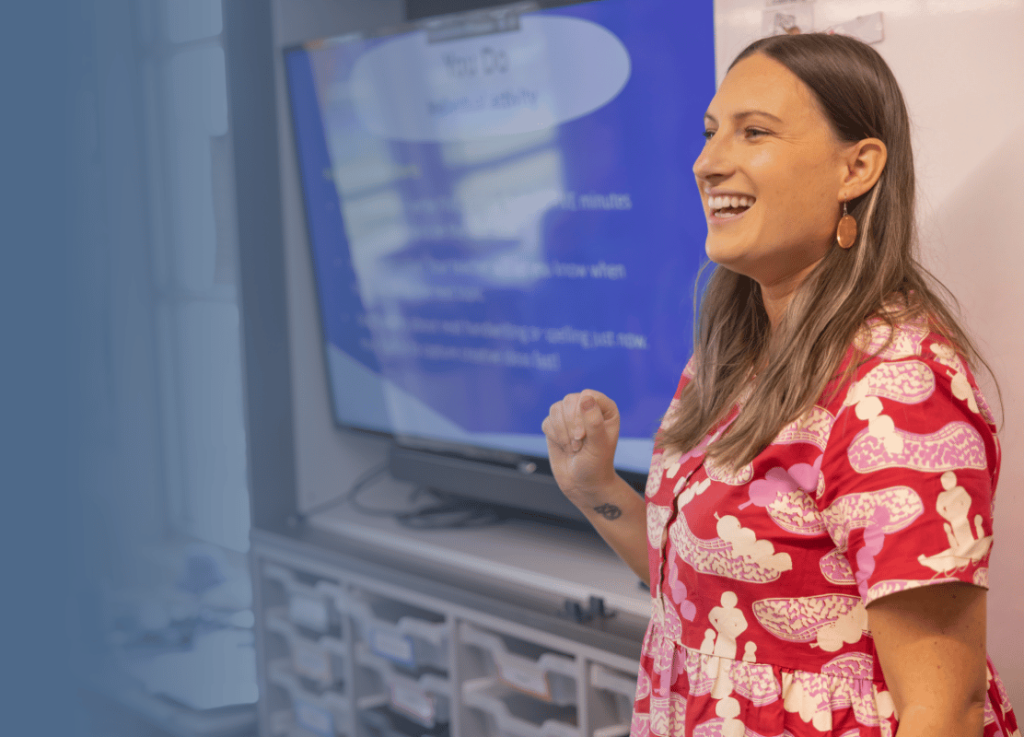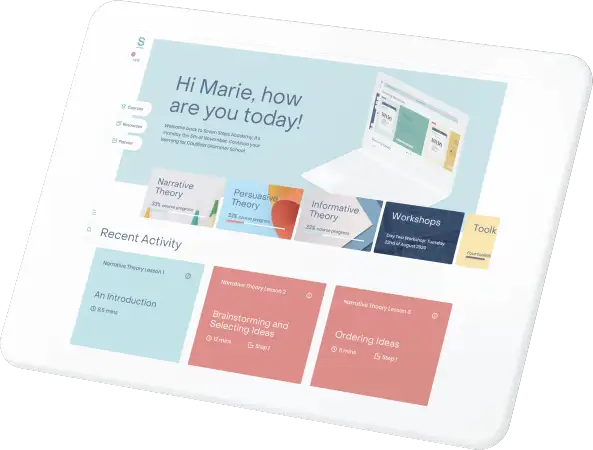Writing in a digital world is no longer just about the printed word. Writing now takes many forms and our job as teachers is to equip students with the skills to communicate effectively in this context. Let’s start with some fun writing research activities that utilise different forms of multimedia.
For many people, multimedia is associated with ‘play’ or recreation and as such is deemed not as educationally ‘worthy’ or ‘valuable’ as books. This is not the case. According to ACARA:
‘Texts provide the means for communication. They can be written, spoken or multimodal, and in print or digital/online forms.’
The use of multimodal communication in the classroom, therefore, is not only educationally valuable, it is in fact mandated in our National Curriculum.
I started life as an author – 23 books published and over half a million words in print around the world. However, welcome to the digital age! Some of my blog posts, Facebook posts and online articles have reached far more people – in a lot less time – than a novel that took me a year to write.
I’m not saying don’t write books, I think books will endure in either print or digital form for a long time to come. However, I am suggesting that students can now interact in the world in much faster and more innovative ways.
Chances are your students are already experiencing this for themselves. For most, any writing they do outside of school will be in the form of Facebook posts, text messages and emails. Reading and learning, meanwhile, will involve interacting with blogs, websites and YouTube. The question is, are we supporting this in the classroom by training them to write in all of these forms? Are we teaching our future leaders to differentiate between mundane recordings vs. significant sharing?
Ultimately it is important to show students how the skills they use to write a Narrative or Persuasive text in the classroom can be adapted to create other forms of text such as video blogs, speeches, advertisements, etc. In doing so we are opening their eyes to the real life application of these skills and the true value of writing.
The Australian Curriculum has an inspiring goal for writing:
‘Appreciate, enjoy and use the English language in all its variations and develop a sense of its richness and power to evoke feelings, convey information, form ideas, facilitate interaction with others, entertain, persuade and argue.’ (ACARA)
The Seven Steps Program uses multimedia to illustrate exactly how different writing techniques are used. Regardless of the purpose, medium or message, the Seven Steps offers practical techniques to inspire great writing.
Tap into the power of multimodal literacy through Workshop One: Seven Steps to Transform Writing and prepare your students for the increasingly fast moving and wonderfully interesting digital world.
For more ideas on how to integrate multimedia into your writing lessons, join us on Teacher Hub member and download our Action Activities and hundreds of other resources!
This is an adapted version of an article by Jen McVeity. To read the full article please go to: Education Matters article.

Become a Seven Steps member


